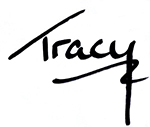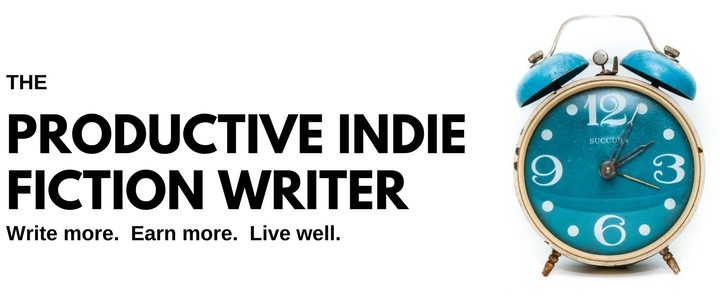
Indie publishing really took off once Amazon introduced its Kindle in 2007. I joined the ranks in 2011. Most of us were working on our own, with no idea how the rest of the indie crowd was doing until around 2017, when a new site, Author Earnings, produced reports of indie author earnings based upon data-scraping Amazon and extrapolating.
And the reports were mind-blowing.
Data Guy, the anonymous tech running the site, was producing “facts” and figures that showed that indie publishing was a vast, and vastly underrated, money-earner.
A couple of years later, Data Guy put all his data behind a paywall, and since then, the Author Earnings site has become moribund and now generates error messages when you try to access it.
Say what you will about Data Guy and his data (and there was a lot of controversy), what made it so mind-blowing was that until that moment, no one had any data about the indie publishing industry. None at all. Amazon certainly wasn’t sharing. And indie authors are, well, independent, so there was no unifying body to tap for statistics on indie authors.
Data Guy did demonstrate one thing: The indie publishing industry could not be dismissed as a fad. It was a genuine money earner. Even if you discounted for bias and bad methodology, the data hinted that there were millions of dollars being earned by indies that was utterly invisible until then.
It also gave indie authors a sense of group identity, and legitimacy, too.
Since then, several organizations have taken the time, effort and expense of tapping into the industry to acquire data that will provide insight. One of those is the Alliance of Independent Authors (ALLi), who have begun to provide annual surveys and reports on indie earnings and other demographics.
Just recently, they released their 2024 Big Data Drop. It’s an overview and summary of various industry reports, showing trends, changes, and other datapoints.
There is also a 2023 Data Drop, just beneath, and if you like cruising around statistics, you might find comparing both to be a useful exercise.
Otherwise, there is an executive summary that is available for download, and you don’t have to be a member of ALLi to access it.
Right beside it is the somewhat older Authors Earnings report, which is also extremely interesting.
If you’re never seen demographics for the industry before, you may appreciate the sense of brotherhood and legitimacy the reports give you–especially if you’ve been grappling with feelings that indie authors aren’t “real” authors.

Write More, Faster Than Ever Before | Are You Prolific?
Editing Your Next Novel? Mark Posey offers fast, writer-friendly edits with zero drama. Check out services »
